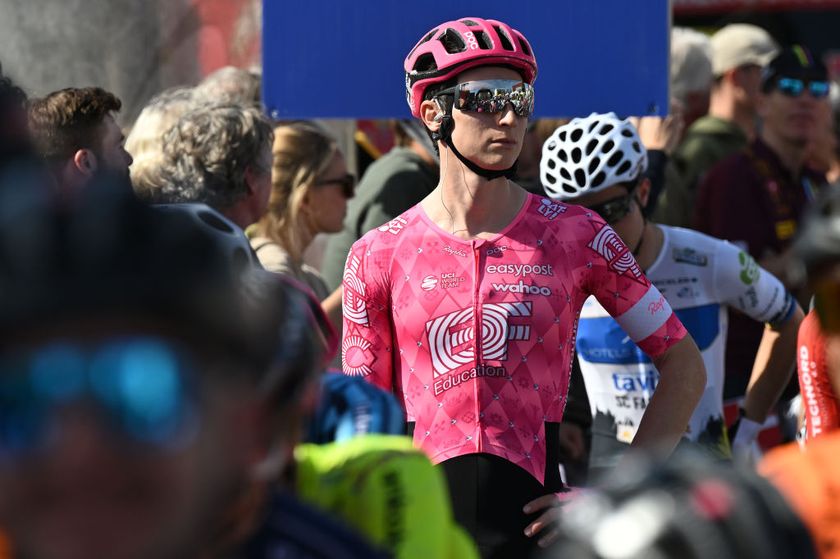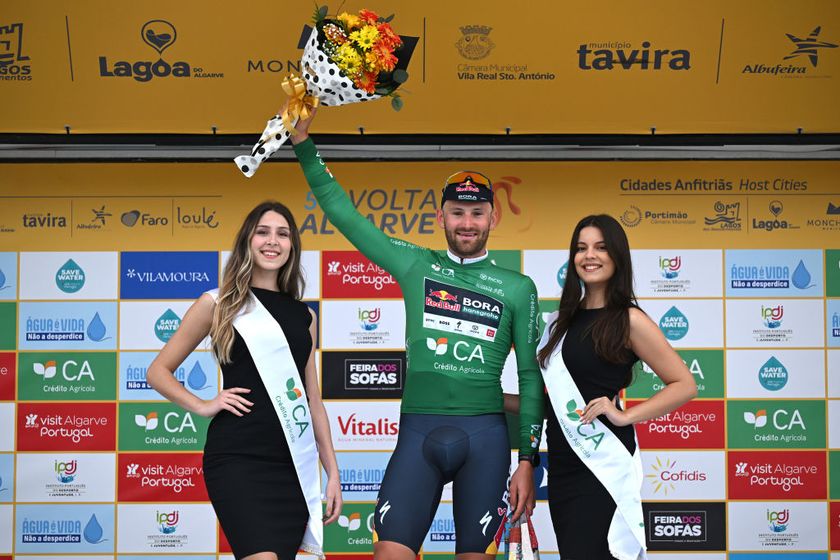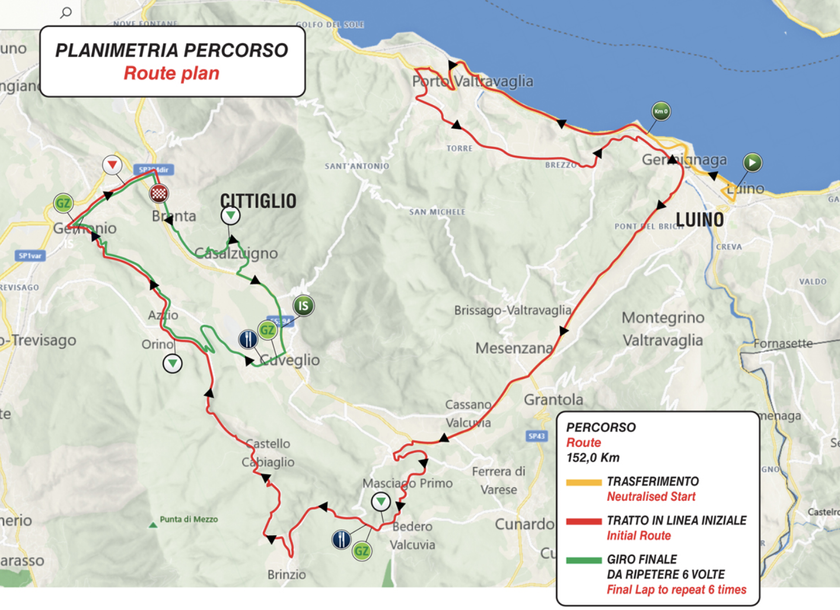Sagan shows his mettle at Flanders
Slovak's display shows progress since 2011



Peter Sagan (Liquigas-Cannondale) rolled with the sling and arrows of Tour of Flanders fortune on Sunday to finish in a fine fifth place after a typically pugnacious display on the road to Oudenaarde.
The Slovak was consistently among the strongest of the contenders on the hellingen that littered the second half of the course, but his challenge suffered a crucial setback when he was caught behind Johan Vansummeren's crash on the penultimate ascension of the Paterberg with 34km to go.
With the Omega Pharma-QuickStep trio of Tom Boonen, Niki Terpstra and Sylvain Chavanel putting the hammer down at that precise moment, Sagan had his work cut out to chase back on to the leading group. Although he succeeded in doing so, he paid a price for that effort the final time over the Oude Kwaremont, and was unable to respond when Alessandro Ballan (BMC), Filippo Pozzato (Farnese Vini-Selle Italia) and eventual winner Boonen formed what turned out to be the decisive break.
"The problem was that I got caught behind the crash on the Paterberg so I had to make a huge effort there to get back on. Then on the Kwaremont the third time, it wasn't that I didn't have any legs left, but I wasn't able to stay with Pozzato and Boonen at that point," Sagan told Cyclingnews at the Liquigas-Cannondale team bus after the finish.
Just three kilometres separate the Kwaremont from the Paterberg, and the sizeable body of riders within touching distance of the trio of leaders were unable to organise themselves ahead of the race's final climb. As the Paterberg pitched up to 20 percent and the Boonen group , an impatient Sagan took matters into his own hands.
"We were going along regularly and then on the Paterberg, I said to myself that I'd tried to force it a bit and see if I could get a small group with me," Sagan said. "I thought if I'd done that, we might have been able to get across."
Such was the ferocity of Sagan's burst on the short climb, however, that he ripped away from his companions and waded headfirst into the no-man's land between the break and the chasers. With just 13 kilometres to go to Oudenaarde and with twenty seconds to make up on the leaders, Sagan opted to go it alone.
Get The Leadout Newsletter
The latest race content, interviews, features, reviews and expert buying guides, direct to your inbox!
"I ended up on my own after the climb, so I tried to chase by myself, but I was riding into a headwind and I couldn't get back on, so I decided to wait for the group behind me."
If he was a victim of his own prodigious strength on the Paterberg, then Sagan was perhaps a victim of his fearsome reputation as a sprinter on the run-in to Oudenaarde. Although the chase group had swelled to almost fifty riders, he found precious few collaborators willing to drag him back into contention.
"I knew it was over at that point, because they still weren't pulling behind, we weren't going at very even pace," Sagan shrugged.
Results may be the ultimate measure of progress in the career of a young professional cyclist, but development can be measured by other, more intangible parameters too. Twelve months ago, Sagan's Flanders challenge ended when he was unable to catch the leaders after breaking his frame, but this time around the youngster came managed to fight his back up to the front of the race on three separate occasions following mechanical problems.
"Last year I broke my frame and I couldn't get back on again," he said. "Instead, this year I managed to get back on three times, and then I made the race too, so I'd have to say that I'm going well and I'm happy with how things went in that sense alright. I had a lot of problems with my bike during the race and I had to stop three times and then get back into it."
Such details certainly add to the feeling that Sagan is a Classics master in waiting. He may at times struggle to strike a balance between his ability as a sprinter and his naturally attacking instincts, but at just 22 years of age, there is plenty of time to iron out such kinks. A sobering thought for those toasting another Flemish Ronde victory in Oudenaarde on Sunday night.

Barry Ryan was Head of Features at Cyclingnews. He has covered professional cycling since 2010, reporting from the Tour de France, Giro d’Italia and events from Argentina to Japan. His writing has appeared in The Independent, Procycling and Cycling Plus. He is the author of The Ascent: Sean Kelly, Stephen Roche and the Rise of Irish Cycling’s Golden Generation, published by Gill Books.
Most Popular







